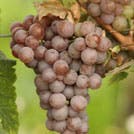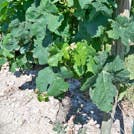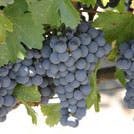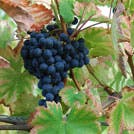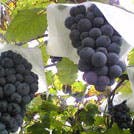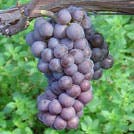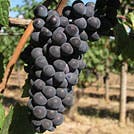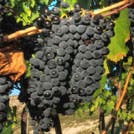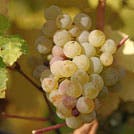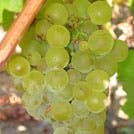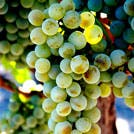Gewürztraminer [ɡəˈvʏɐtstʁaˈmiːnɐ] is an aromatic wine grape variety that performs best in cooler climates. It is sometimes referred to colloquially as Gewürz, and in French it is written Gewurztraminer (without the umlaut). Gewürztraminer is a variety with a pink to red skin colour, which makes it a "white wine grape" as opposed to the blue to black-skinned varieties commonly referred to as "red wine grapes". The variety has high natural sugar and the wines are white and usually off-dry, with a flamboyant bouquet of lychees. Indeed, Gewürztraminer and lychees share the same aroma compounds.
In Australia
Australian Gewürztraminer is more notable for its occasional use of old names like Traminer Musqué and Gentil Rose Aromatique than the actual quality of the wines. However those from the country's coolest regions can be fine examples. These include Gewürztraminers from the Adelaide Hills,

